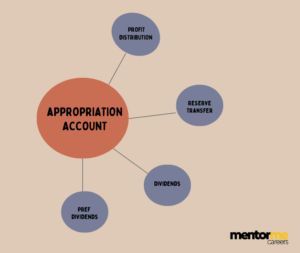Last updated on December 27th, 2022 at 03:32 pm
Short Selling
Introduction to short selling
Have you ever wondered that what if there was a way to earn money even when the market is falling? I am here to tell you that there is! One can easily earn money by short selling in a falling market too. In this article, I will be explaining what short selling is, its functioning and the pros and cons of short selling.
What is Short Selling?
Let’s first understand the basic concept of short selling. In short, selling the sequence of transacting a stock or securities is exactly the opposite. Short selling is a way in which you can earn money in falling markets. In simple terms, short selling is a concept where the investor borrows or stock, sells the stock and then buys the stock back to return it to the lender. Even if you do not have the shares, your broker has the shares, and he can lend them to you. Short sellers are bearish on the market, which means that they hope that the price will drop in the future. This means that the short seller sells a particular stock at a higher price and buys it back at a lower price to return it. Let me give you an example where this will be clear.
How does Short Selling work?
Let’s say that an investor thinks that a particular stock is overvalued at $150. After doing his analysis, he thinks that the share price is going to drop. In this case, the investor can borrow, say 10 shares, from their broker (lender). Here, borrowing means that the broker will sell his shares for the current market price of $150. Now, if the stock goes down to $130, can buy the ten shares back at this price to return the shares to the broker. In this scenario, he is selling all his shares for $1500, and he is buying the shares back at $1300 which makes him a profit of $200. But instead of going to $130, if the market price of that company goes to $180, The investor would have to buy the shares at $180 ending up in the loss of $300.
In short trades, you typically need to pay your broker interest on the borrowed shares. The longer you borrow the shares, the more the interest you have to pay. To open a short position, a trader must have a margin account. The margin refers to the security deposits that you put down as collateral with your broker for the borrowed stock shares.
Pros and Cons of Short Selling
Short selling the wrong stock can be very costly for the investor. If an investor has a long position on a stock, he can lose 100% of his money. If the stock reaches zero. But if the same investor has a short position on the same stock his risk is more than 100% as the stock price has no upper limit. Plus, the investor has to keep on funding his margin account. Hypothetically speaking, short selling has potentially unlimited losses.
On the other hand, short selling offers high risk Which means higher rewards as well. If the investor can accurately predict the price movement, then they can make a hefty return on their investment. Using margin provides leverage, which means if a trader wishes to short sell shares worth $1000, he need not necessarily put up $1000 out of his own pocket. If done carefully, short selling can be an inexpensive way to provide a counterbalance to your other portfolio holdings.
Conclusion
If you are a beginner in the market, you should really avoid short selling until you get more trading experience. A person who wishes to go short should have some basic knowledge of how the market functions and have some trading experience as well. The ideal conditions where the investor could think of short selling would be a bearish market, when a stock or a company is fundamentally weak on deteriorating when technical indicators confirm the bearish trend, etc.




